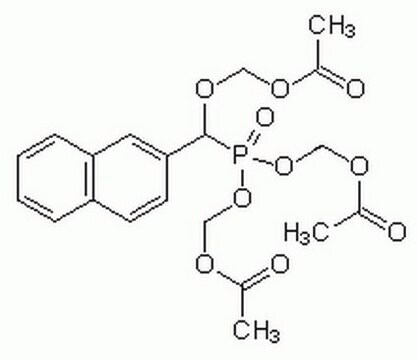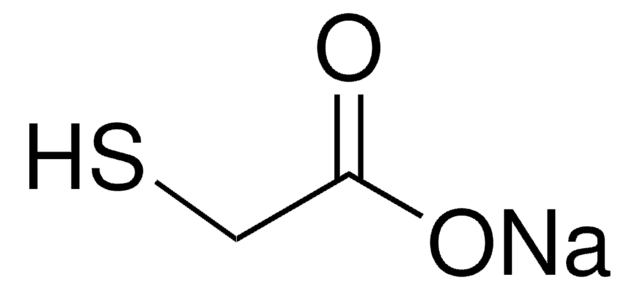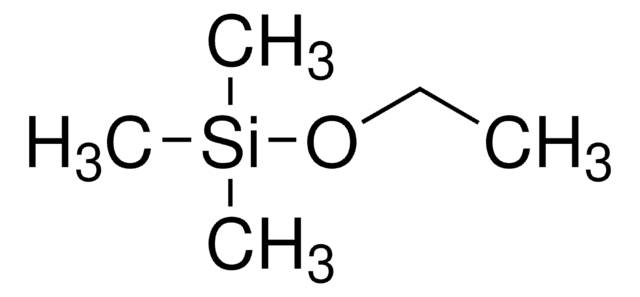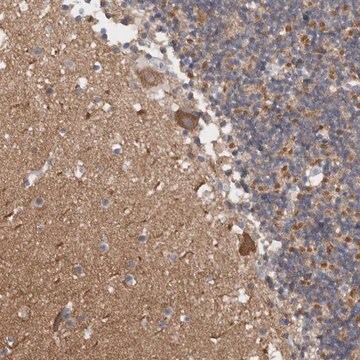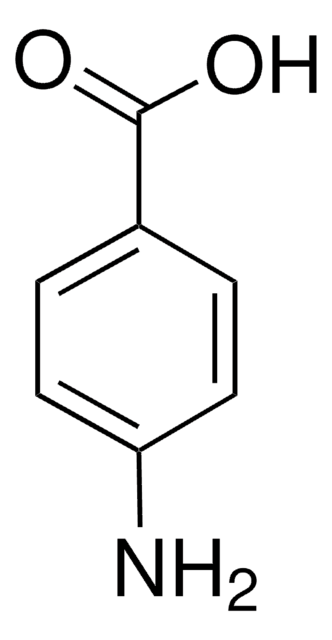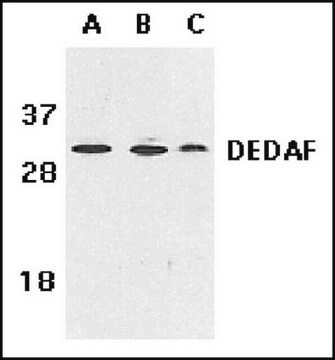ABE2864M
Anty-Meis1
from rabbit
Synonim(y):
Homebox protein Meis1
About This Item
Polecane produkty
pochodzenie biologiczne
rabbit
Poziom jakości
forma przeciwciała
purified antibody
rodzaj przeciwciała
primary antibodies
klon
polyclonal
reaktywność gatunkowa
mouse, human
opakowanie
antibody small pack of 25 μg
metody
ChIP: suitable (ChIP-chip)
immunofluorescence: suitable
western blot: suitable
izotyp
IgG
numer dostępu NCBI
docelowa modyfikacja potranslacyjna
unmodified
informacje o genach
human ... MEIS1(4211)
mouse ... Meis1(17268)
Opis ogólny
Specyficzność
Immunogen
Zastosowanie
Analiza immunofluorescencyjna: Reprezentatywna partia wykryła Meis1 w sąsiednim stadium (St) 41 strzałkowych przekrojów tyłomózgowia i oka (Mercader, N., et. al. (2005). Development. 132(18):4131-42).
Analiza Western Blotting: Rozcieńczenie 1:800 z reprezentatywnej partii wykryło Meis1 w komórkach HEK293T transfekowanych Meis1a (dzięki uprzejmości dr Valerii Azcoitia i dr Miguela Torresa).
Analiza immunoprecypitacji chromatyny (ChIP): Reprezentatywna partia wykryła Meis1 w zastosowaniach immunoprecypitacji chromatyny (Penkov, D., et. al. (2013). Cell Rep. 3(4):1321-33).
Analiza Western Blotting: Reprezentatywna partia wykryła Meis1 w blastemach proksymalnych, dystalnych i dystalnych traktowanych RA (Mercader, N., et. al. (2005). Development. 132(18):4131-42).
Epigenetics & Nuclear Function
Jakość
Western Blotting Analysis: 1 µg/mL of this antibody detected Meis1 in 10 µg of HeLa cell lysate.
Opis wartości docelowych
Postać fizyczna
Przechowywanie i stabilność
Zalecenia dotyczące postępowania: Po otrzymaniu i przed zdjęciem nasadki odwirować fiolkę i delikatnie wymieszać roztwór. Rozdzielić do probówek do mikrowirówki i przechowywać w temperaturze -20°C. Unikać powtarzających się cykli zamrażania/rozmrażania, które mogą uszkodzić IgG i wpłynąć na działanie produktu.
Inne uwagi
Oświadczenie o zrzeczeniu się odpowiedzialności
Nie możesz znaleźć właściwego produktu?
Wypróbuj nasz Narzędzie selektora produktów.
Kod klasy składowania
12 - Non Combustible Liquids
Klasa zagrożenia wodnego (WGK)
WGK 2
Temperatura zapłonu (°F)
Not applicable
Temperatura zapłonu (°C)
Not applicable
Certyfikaty analizy (CoA)
Poszukaj Certyfikaty analizy (CoA), wpisując numer partii/serii produktów. Numery serii i partii można znaleźć na etykiecie produktu po słowach „seria” lub „partia”.
Masz już ten produkt?
Dokumenty związane z niedawno zakupionymi produktami zostały zamieszczone w Bibliotece dokumentów.
Nasz zespół naukowców ma doświadczenie we wszystkich obszarach badań, w tym w naukach przyrodniczych, materiałoznawstwie, syntezie chemicznej, chromatografii, analityce i wielu innych dziedzinach.
Skontaktuj się z zespołem ds. pomocy technicznej